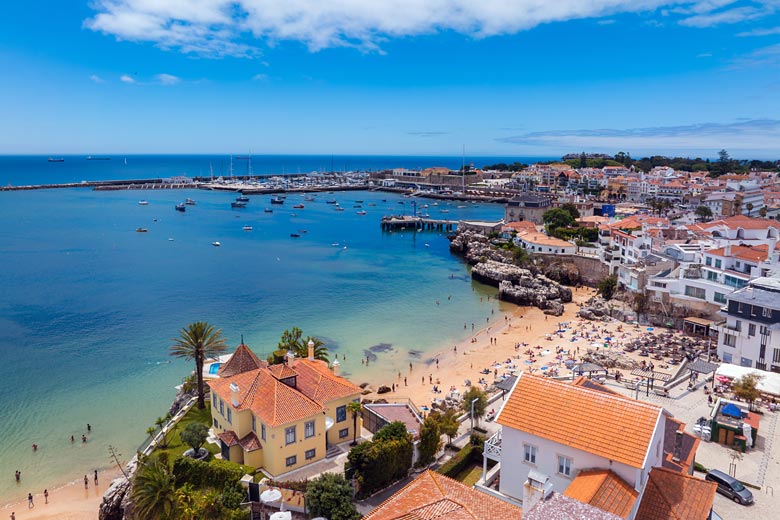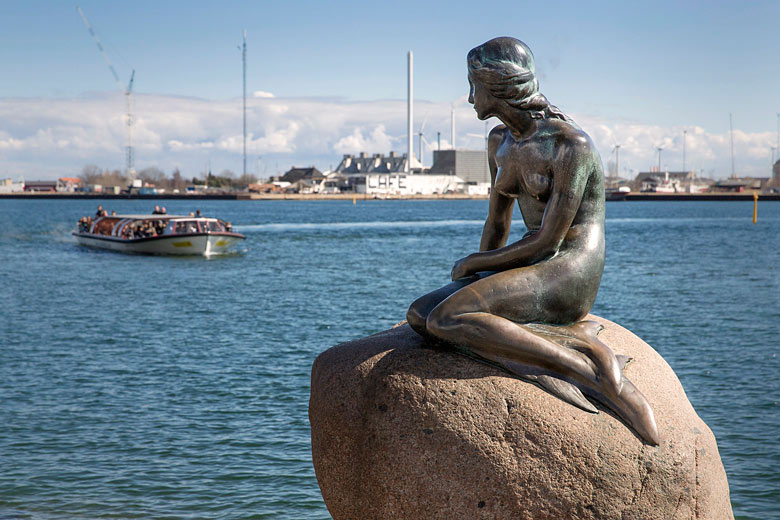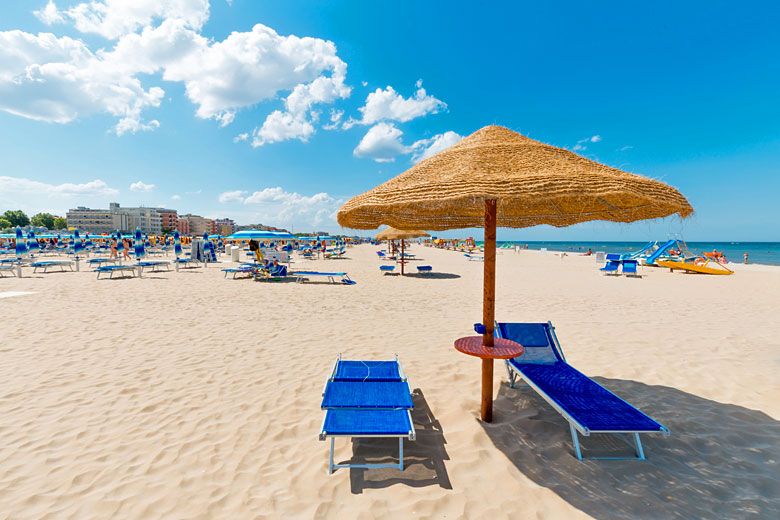8 reasons Reykjavik is one of Europe's most unusual city breaks
A far cry from the dazzling streets of Paris or the gritty neighbourhoods of Berlin, the Icelandic capital makes for a rather unconventional weekend away.
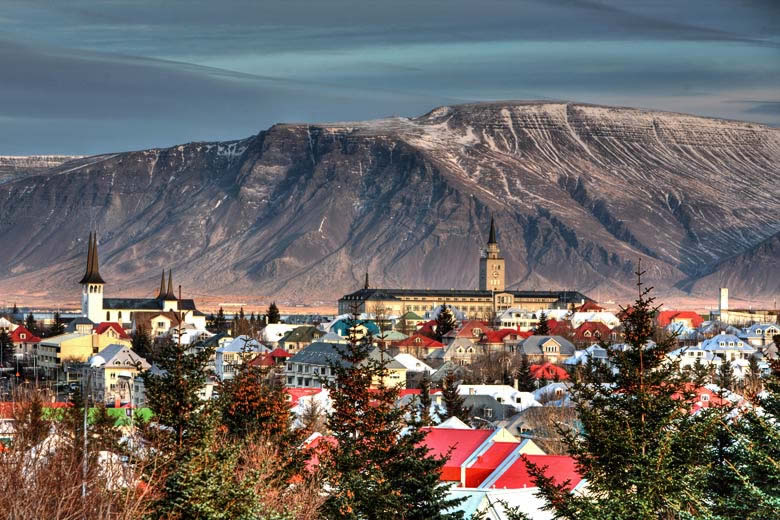
It may be significantly smaller than many of Europe's most popular cities, but it can be just as, if not more, exciting: there's a surprising variety of things to do, and its dramatic location on the southwest edge of the country, looking out to a smattering of mountainous islands, makes it one of the continent's most picturesque.
Think European city break and your feet might start to ache just at the prospect of tackling one of the continent's numerous sprawling capitals.
Getting to Reykjavik: check out the latest deals from TUI to get there for less.
It's small but still vibrant
Reykjavik is Europe's eighth smallest capital city with a population of just 122,000 residents. Consider that London is home to nearly 9 million people and suddenly Iceland's capital is looking pretty puny.
But don't let this put you off. Creativity flows through the streets of this city: it manifests through its museums, bars, restaurants, and a weekend flea market near the seafront.
Plus, its relatively small size means the city is digestible in a weekend. You can walk from one attraction to the next in a matter of minutes, without wearing out your soles.
The Aurora makes a regular appearance
One of the most appealing aspects of a visit to Iceland in the winter months is the chance to see the Northern Lights (or, Aurora Borealis). This natural light show can be elusive, though, so a weekend in Reykjavik is the perfect way to see them.
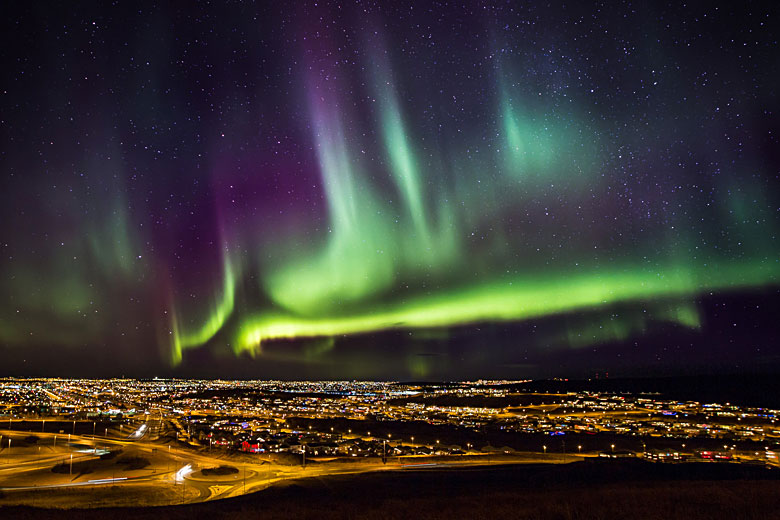
Spend your days exploring the city or the surrounding wilderness, and at night head out into the nearby countryside in search of some light entertainment. No other city in Europe can offer such high chances of spotting the aurora in all her glory.
It survives on geothermal power
Reykjavik translates as "Bay of Smokes", a name that comes from the hive of geothermal activity that sits beneath the city. Around 95% of the buildings in Iceland's capital are powered by geothermal energy, making it one of the cleanest cities in the world when it comes to CO² emissions.
You can make the most of your geothermal surroundings at one of the many public baths in Reykjavik: Laugardalslaug has a whole complex of heated pools and Nautholsvik is a geothermal beach, where manmade hot tubs bubble away in the sea.
There are some seriously strange landscapes
'Otherworldly' is a word often used to describe Iceland's varied landscapes, and that's a fair review. It's a country famous for its volcanoes, geysers and waterfall, it's "the Land of Fire and Ice" after all, and you don't have to travel far from the city to be awed by them.
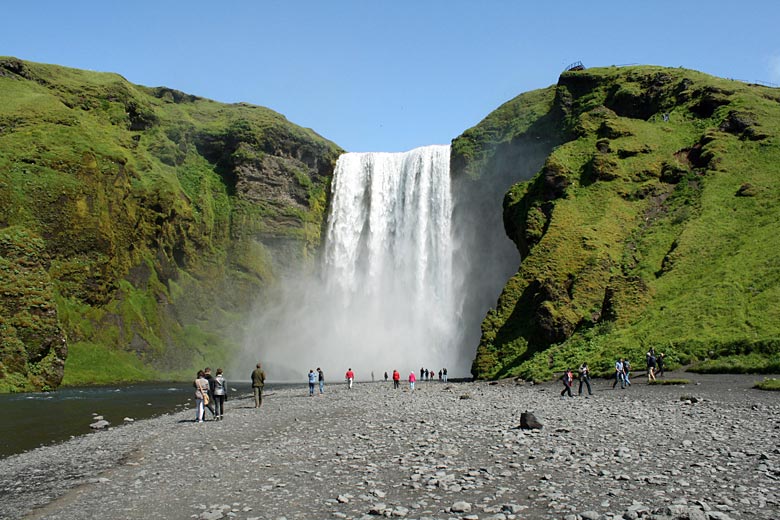
Unlike many European capitals, Reykjavik sits close to some astonishing natural wonders. Day trips from the city can take you out the Reykjanes Peninsula, along a stretch of dramatic black coastline where you can stand between the American and Eurasian continental plates.
You can also opt for a tour of the Golden Circle to take in the three most famous sights in the country: the explosive Strokkur geyser, the thundering Gullfoss waterfall, and the historical Thingvellir National Park.
It sees almost 24 hours of daylight
As the northernmost capital city in Europe, Reykjavik sees up to 21 hours of daylight each day during the summer months. This means the regular Friday night runtur (pub crawl) is rowdier than ever as revellers party through the midnight sun.
For winter, though, the city is bathed in darkness for much of the time, with the sun rising around 11 am on its shortest days, providing only a few hours' reprieve before setting over a crisp, snow-laden landscape. It might sound depressing, but winter in Iceland is magical, if only for the strikingly pink sunrises.
It has some unconventional attractions
In no other city in the world will you find so many people willing to queue to visit a defunct power station. As unglamorous as it sounds, though, Reykjavik's premier attraction is indeed part of a disused power plant.
Sitting just outside the city on the Reykjanes Peninsula, the Blue Lagoon is a striking sea of topaz among a desolate volcanic landscape.
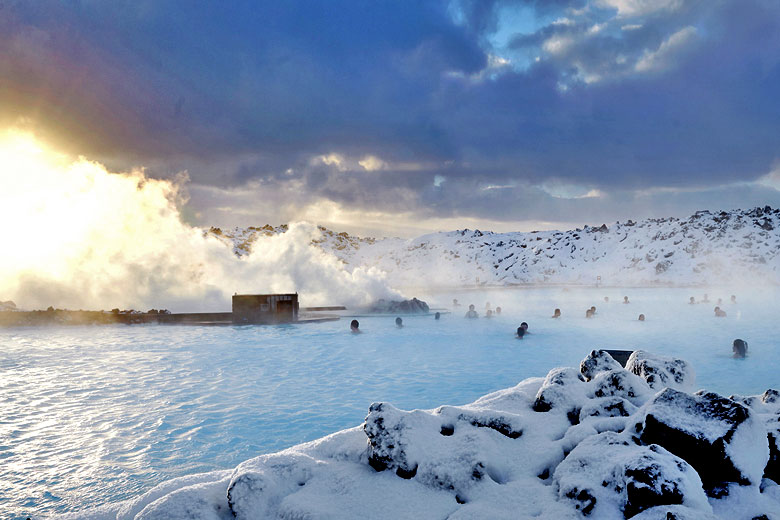
What once served as the wastewater pool for the Svartsengi power plant is now a bright blue public bath, the colour due to its rich mineral content, that sees hundreds of thousands of visitors each year.
Its nine million litres of water travels up from 2,000 metres below the earth and arrives at the surface at a balmy 38°C. In winter, there is perhaps no more rewarding experience than baring all in sub-zero temperatures to dive into this delightful pool.
Please note: the Blue Lagoon is currently closed owing to a recent eruption in late 2023.
Meanwhile, in the city centre, an art museum and the City Hall share the stage with the world's most comprehensive penis exhibition. Need we say more?
There's hardly a chain in sight
Reykjavik's main shopping street isn't the thoroughfare you'd expect to see in most European capitals. Thanks to the city's compact size and small population, high street retail giants like Zara and H&M, and the big designers are nowhere to be seen. Instead, Laugavegur is packed with little independent boutiques and bars.
You can see some of nature's giants
Perched on the edge of Iceland, Reykjavik offers world-class whale-watching opportunities.
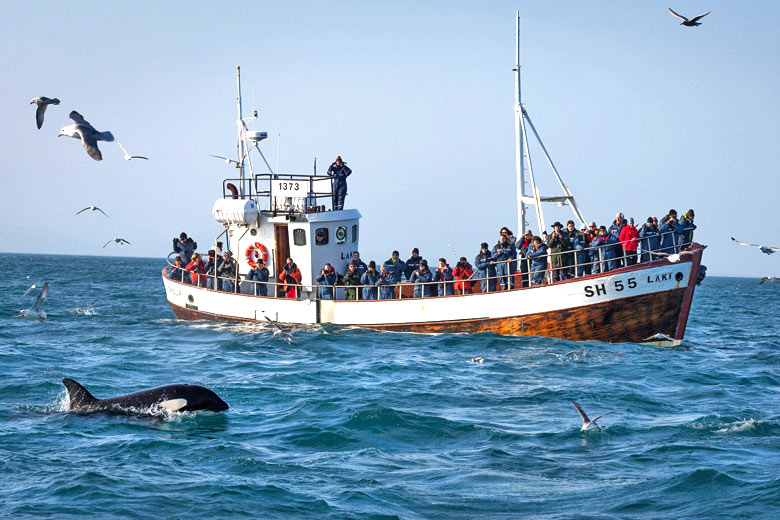
Tours depart daily to head out into the North Atlantic in which around 20 species of whale, from humpback to sperm to minke, thrive. Along the way, you're likely to meet porpoises, basking sharks, dolphins and seals, as well as a few cute little puffins.
Climate in Reykjavik
| Jan | Feb | Mar | Apr | May | Jun | Jul | Aug | Sep | Oct | Nov | Dec | |
|---|---|---|---|---|---|---|---|---|---|---|---|---|
| Maximum daytime temperature °F |  34 34 |
 36 36 |
 36 36 |
 41 41 |
 48 48 |
 52 52 |
 55 55 |
 54 54 |
 48 48 |
 43 43 |
 36 36 |
 34 34 |
| Hours of sunshine (daily) | ||||||||||||
| Days with some rainfall |  18 18 |
 17 17 |
 19 19 |
 18 18 |
 16 16 |
 17 17 |
 18 18 |
 18 18 |
 18 18 |
 20 20 |
 17 17 |
 19 19 |
| Sea temperature °F |  37 37 |
 37 37 |
 37 37 |
 39 39 |
 43 43 |
 48 48 |
 52 52 |
 52 52 |
 50 50 |
 46 46 |
 43 43 |
 37 37 |
Find out more about the weather in Reykjavik in our complete climate guide.
Ready to explore Reykjavik? Be sure to check out the latest deals on holidays and flights to Iceland with TUI*.
More about Reykjavik
- Overview
- Best time to visit
- Weather by month
- 5-day weather forecast
- Destinations
- Travel advice
- Deals & discounts
Reykjavik by month
Jan Feb Mar Apr May Jun Jul Aug Sep Oct Nov Dec
Explore holidays in the sun for less
- Beach holidays
- Family holidays
- City breaks
- Summer holidays
- Winter sun holidays
- Holiday offers
- Top travel brands
- Airlines & flights
- Discount hotels
- Airport parking deals
- TUI
- Jet2holidays
- easyJet holidays
- Love Holidays
- January sales
Airport parking
- Manchester Airport
- Stansted Airport
- Bristol Airport
- Luton Airport
- Birmingham Airport
- Edinburgh Airport
- Gatwick Airport
- Glasgow Airport
- Newcastle Airport
Airport lounges
- Manchester Airport
- Birmingham Airport
- Bristol Airport
- Edinburgh Airport
- Glasgow Airport
- Heathrow Airport
- Newcastle Airport
- Stansted Airport
- Gatwick Airport
Be inspired
Get your weekly fix of holiday inspiration from some of the world's best travel writers plus save on your next trip with the latest exclusive offers
We promise not to share your details
















